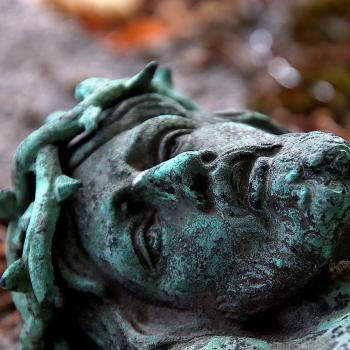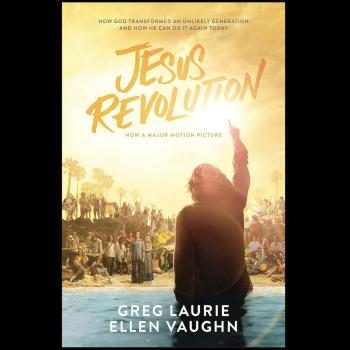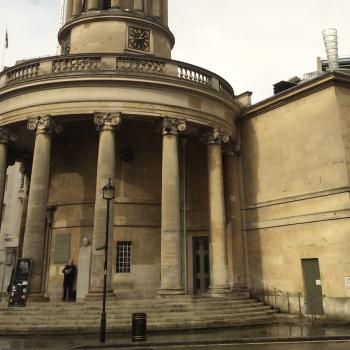A recurring theme on my blog this year has been the subject of revival. Most Mondays I take the time to raid my electronic version of Dr. Martyn Lloyd-Jones’ materials, which is produced by Logos Bible Software. Today’s quote explains what revival is and what it looks like.
“What is revival? We can define it as a period of unusual blessing and activity in the life of the Christian Church.
Primarily, of course, and by definition, a revival is something that happens first in the Church and amongst Christian people, amongst believers . . . Revival means awakening, stimulating the life, bringing it to the surface again . . . it is only secondly something that affects those that are outside [the Church] . . .
A revival is . . . something that is done to the Church, something that happens to the Church . . . that inevitably and almost instinctively makes one look back and think again of what happened on the day of Pentecost . . .
The essence of a revival is that the Holy Spirit comes down upon a number of people together, upon a whole church, upon a number of churches, districts, or perhaps a whole country. That is what is meant by revival. It is, if you like, a visitation of the Holy Spirit, or another term that has often been used is this — an outpouring of the Holy Spirit . . .
The immediate effect is that the people present begin to have an awareness of spiritual things and clear views of them such as they have never had before . . . They begin not only to see these things clearly but to feel their power.
What are these things of which they become so aware? First and foremost, the glory and the holiness of God . . . And that, as we have seen, leads inevitably to a deep and a terrible sense of sin, and an awful feeling of guilt. It leads men and women to feel that they are vile and unclean and utterly unworthy and, above all, it leads them to realize their utter helplessness face to face with such a God . . .
Suddenly it all becomes real to them and they are given to know that the Son of God has loved them and has given himself for them. It becomes an individual and a personal matter: ‘He died for me, even my sins are forgiven’, and peace comes into their hearts; joy enters into them and they are lost in love and in a sense of praise of God the Father, God the Son, and God the Holy Spirit . . .
They begin to get a concern for the members of their own family . . . who do not know that they are outside . . . They pray for these people by name and they plead, and they will not let God go, as it were. They are intent on this with a strange urgency.
And then, after a while, hearing of all this and seeing the change in those whom they have known for so long, these others who are outside begin to join the meetings and to say, ‘What is this?’ So they come in, and they go through the same experience. And so it happens and thousands upon thousands are converted. Indeed, the whole neighborhood seems to be full of the Holy Spirit. He seems to be everywhere . . .
That is what happens in revival and thus you get this curious, strange mixture, as it were, of great conviction of sin and great joy, a great sense of the terror of the Lord, and great thanksgiving and praise. Always in a revival there is what somebody once called a divine disorder . . .
Editor’s Note: Lloyd-Jones then illustrates this with a remarkable description of revival from Jonathan Edwards:
“This work soon made a glorious alteration in the town. So that in the Spring and Summer following it seemed, that is to say the town, seemed to be full of the presence of God.
It never was so full of love nor so full of joy and yet so full of distress as it was then. There were remarkable tokens of God’s presence in almost every house. It was a time of joy in families on account of salvation being brought to them. Parents rejoicing over their children as newborn, husbands over their wives, and wives over their husbands. The doings of God were then seen in His sanctuary. God’s day was a delight and His tabernacles were amiable. Our public assemblies were then beautiful. The congregation was alive in God’s service. Everyone earnestly intent on the public worship. Every hearer eager to drink in the words of the minister as they came from his mouth. The assembly in general were from time to time in tears while the Word was preached. Some weeping with sorrow and distress, others with joy and love, others with pity and concern for the souls of their neighbors.”
Jonathan Edwards: Works, London, 1840, volume I, p. 348.
David Martyn Lloyd-Jones, Revival (Westchester, Illinois, Crossway Books, 1987), p. 99.
















